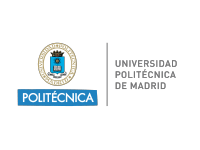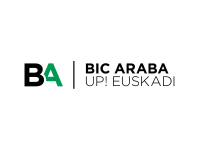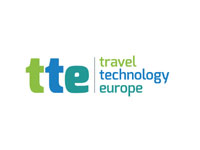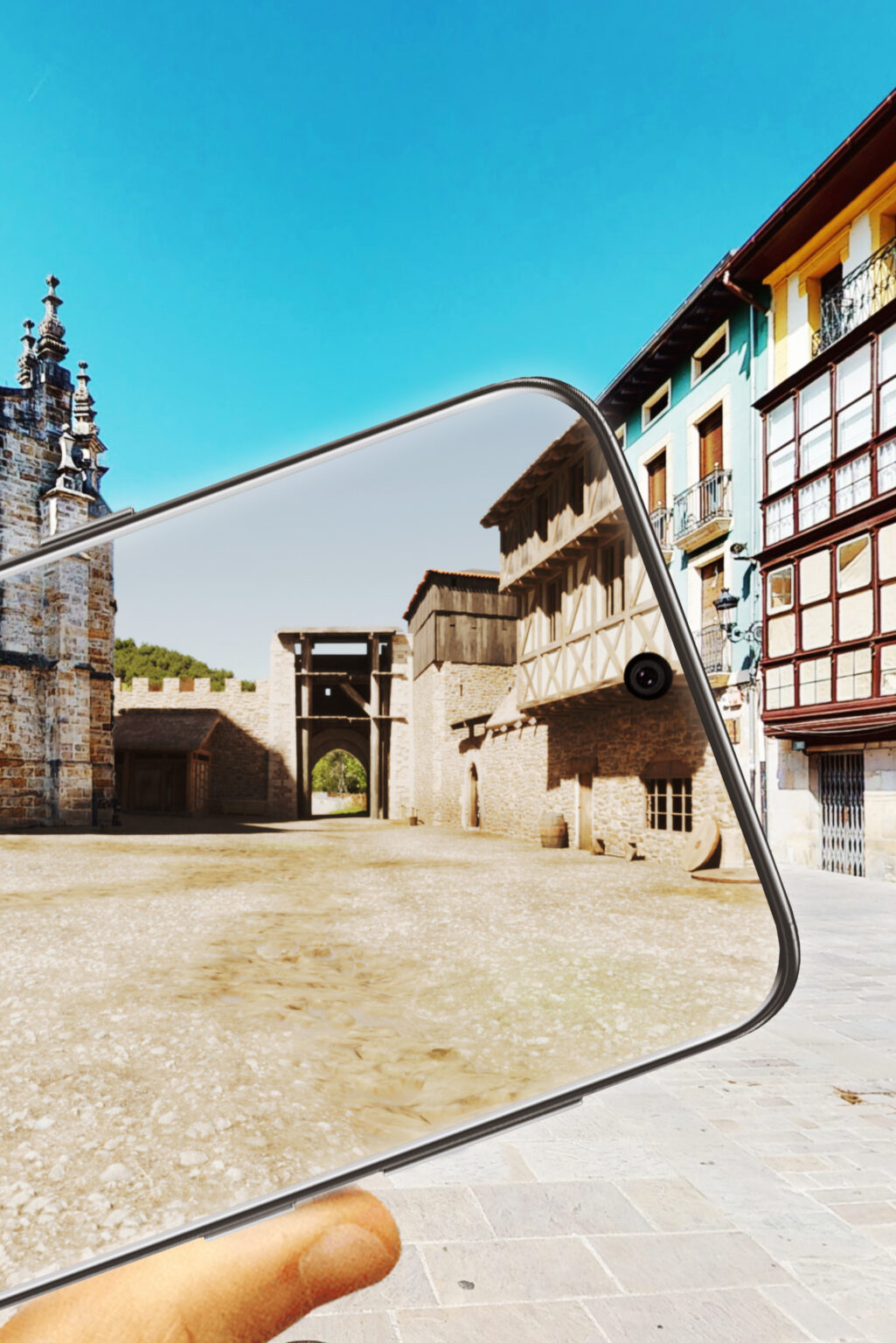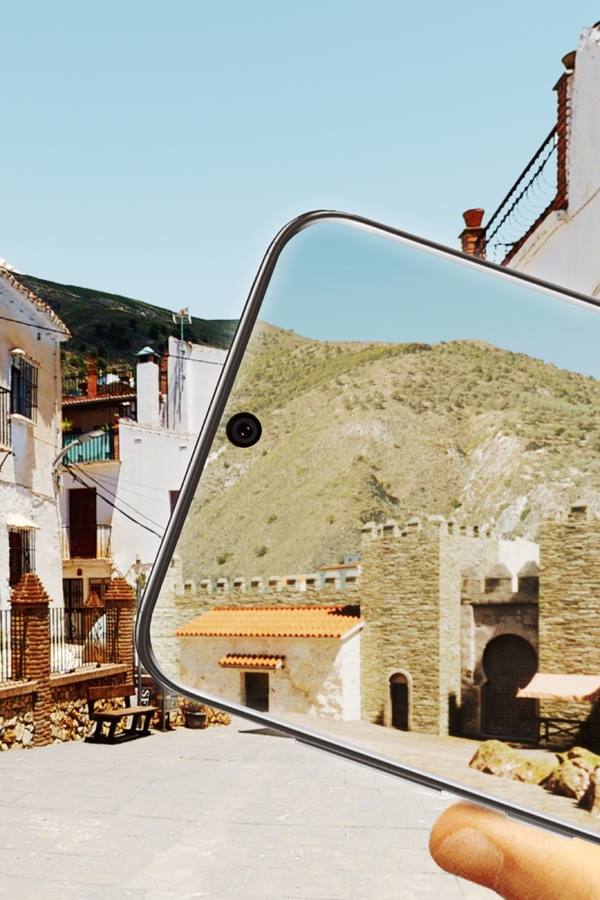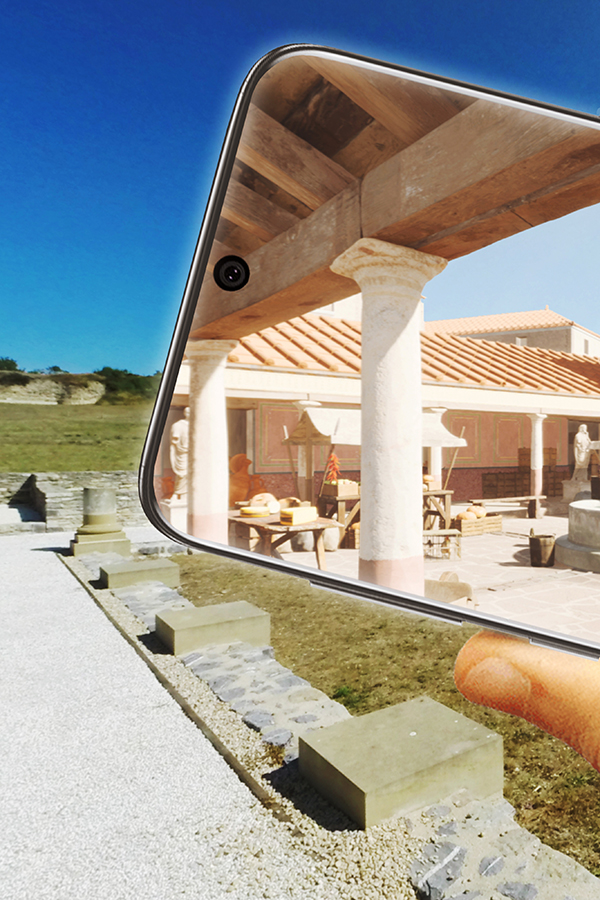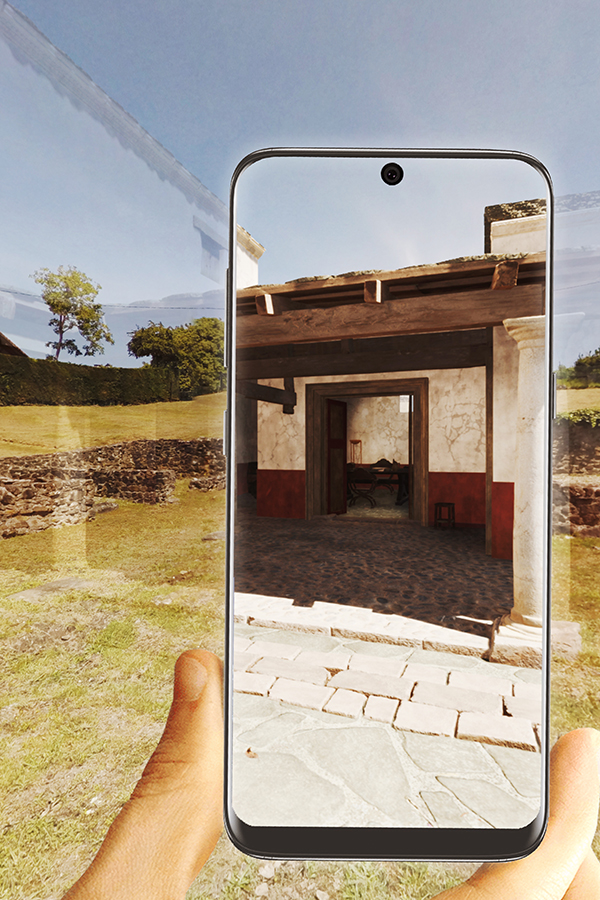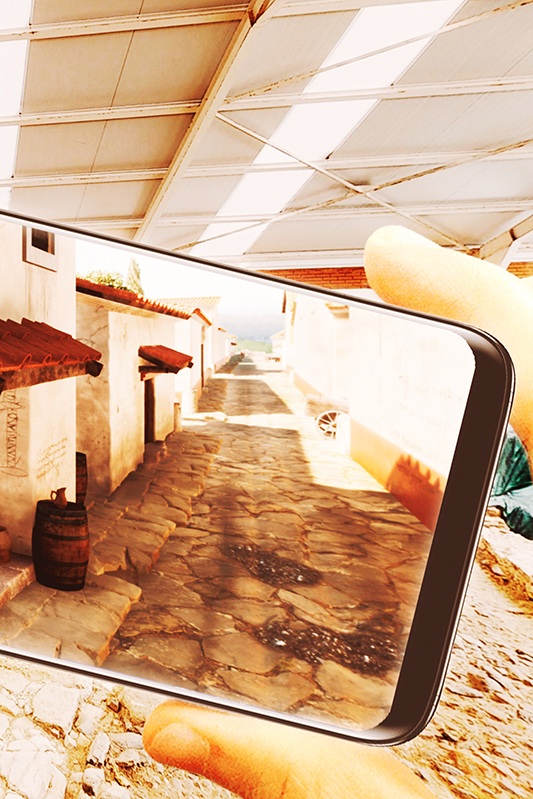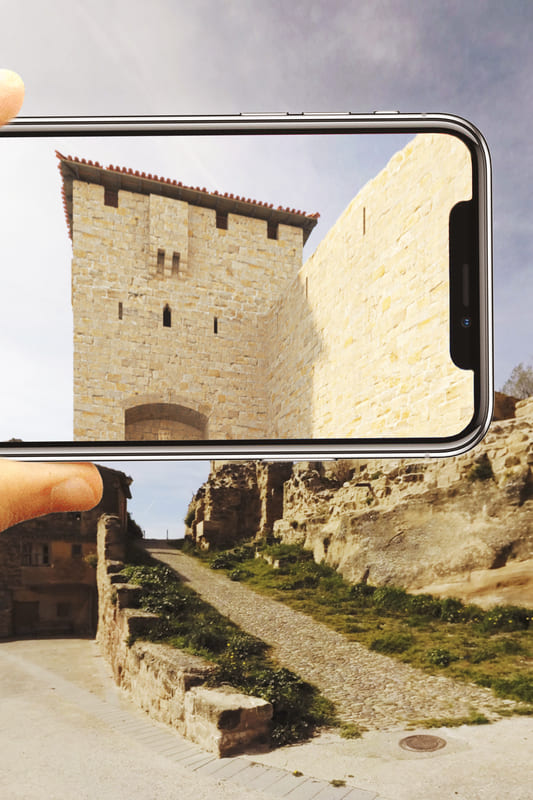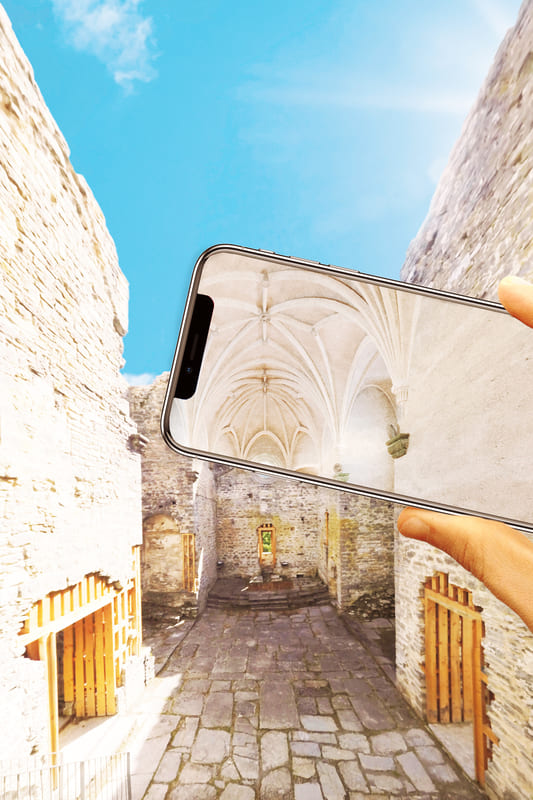Virtual reconstruction of past heritage
Have you ever wanted to travel through time? Arkikus makes this dream a possibility.





View our work
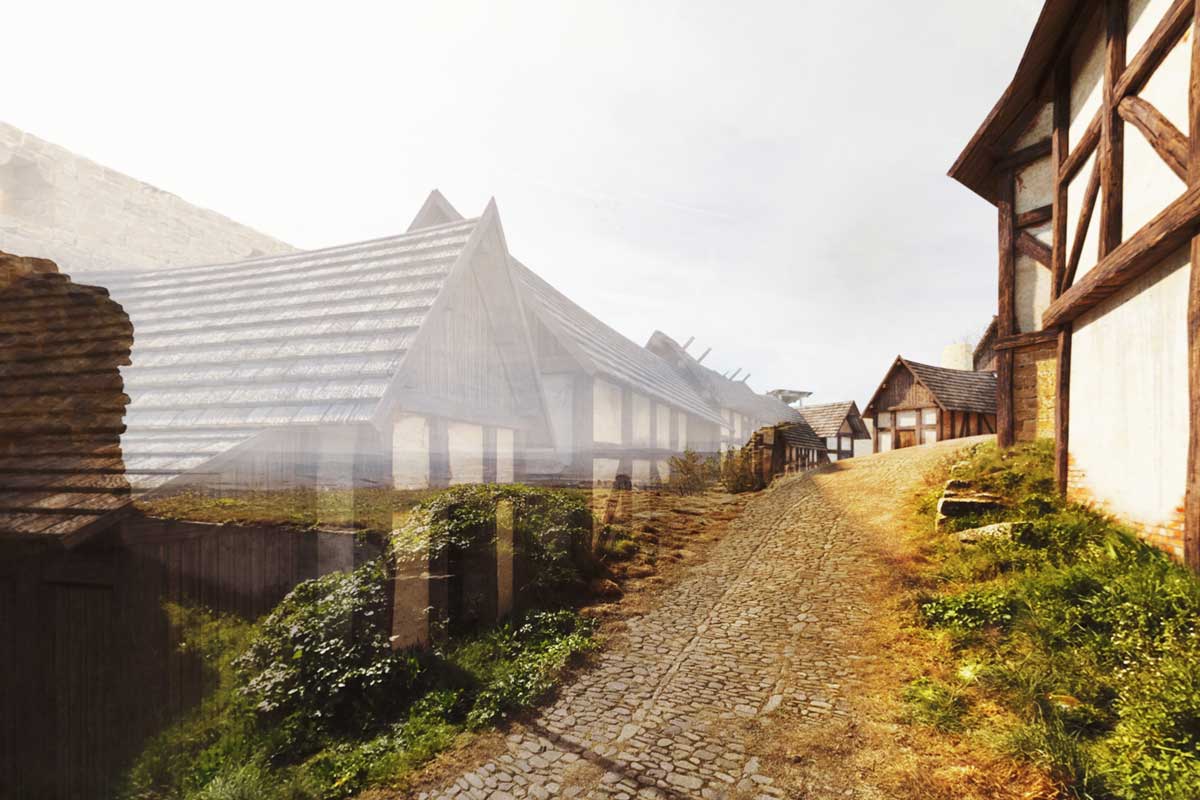
What is the virtual reconstruction of past heritage?
The virtual reconstruction of past or historical heritage is a technique that consists of using digital procedures to show the appearance that heritage sites may have had in the past, based on the interpretation of the vestiges and historical documentation available at present.
— Disappeared historical heritage comes to life
What benefits does virtual reconstruction of heritage bring to dissemination of history and cultural tourism?
- It is an innovative way of documenting and highlighting the assets that have disappeared or are at risk.
- The public can see with their own eyes what the sites they are visiting were like in the past.
- The graphic realism of the reconstruction, along with the technological component of this technique, generate attraction and increase the number of visits.
- The touristic experience is better and more immersive than with traditional informative resources.
- It is a sustainable, non-invasive technique; there is no need to interfere with the sites, which avoids possible controversies.
- It is an interpretation of heritage that can be reviewed at any time.
- It generates content adaptable to all kinds of informative tools, especially to those based on newer technologies.
¿How do we carry out a virtual reconstruction project?
Arkikus takes care of the full process of virtual reconstruction and dissemination of heritage, including the historical and geometric documentation of each heritage site, the generation of digital content, the implementation of on-site museography and the design and development of interactive apps. To this end we have an interdisciplinary team of experts who work together to ensure that you can visualize the past as if it were the present
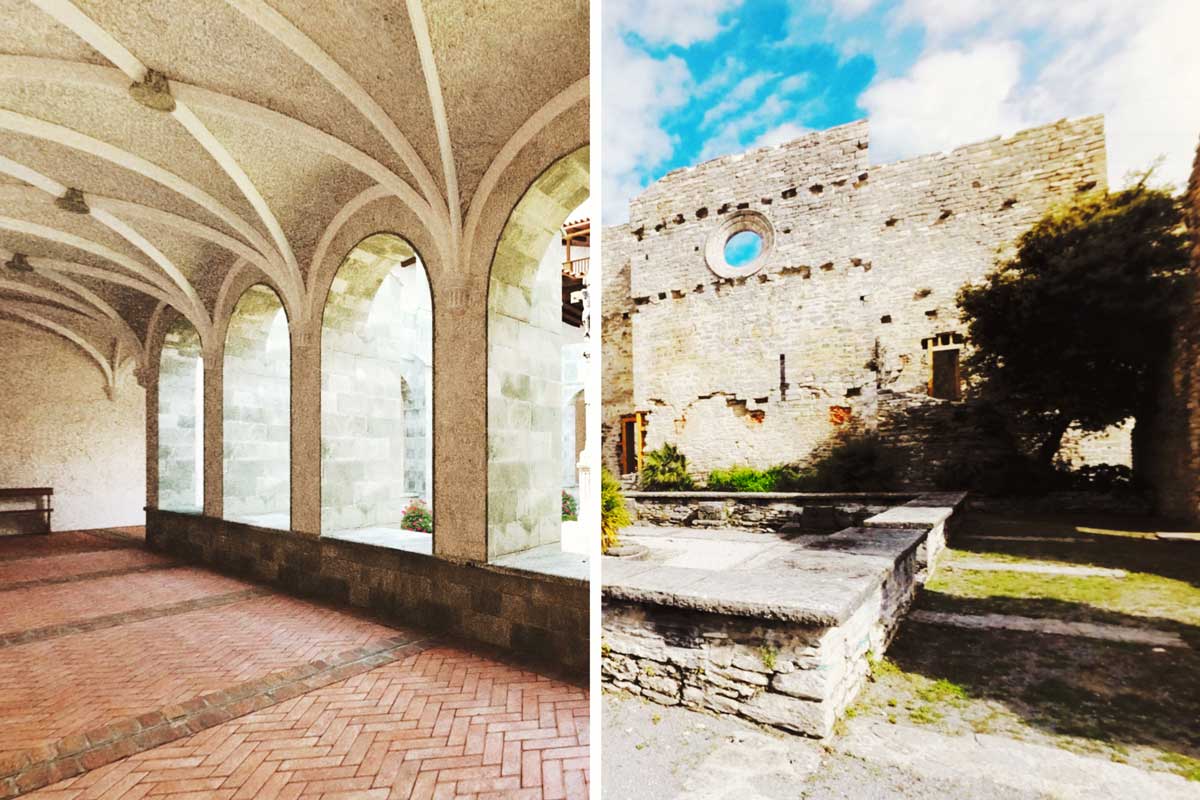
— Each heritage site is unique. That is why each of the Arkikus projects is also unique.
Feasibility study
We evaluate each heritage site’s potential to be disseminated through new technologies. We design a tailor-made proposal, considering the needs of its socioeconomic environment, the possible financing channels and the communication strategy.
Investigation
With the help of local experts, we analyze all the archaeological and historical documentation available in order to carry out a virtual reconstruction of the past with the maximum historical accuracy.
Physical documentation
We document the geometry and current state of heritage sites with the use of up-to-date techniques to obtain virtual replicas. From these we generate our reconstructions with precision and graphical accuracy.
Content development
We make virtual reconstruction a reality. We recreate architectures, environments and historical scenes to create a unique immersive experience. We write the texts and record the associated audios in various languages, using informative rhetoric.
Product generation
We adapt the content to a wide range of informative tools: interactive mobile or web apps, 3D infographics and videos, 360º photomontages, 3D printed models, museography material ...
Associated elements
We design, produce and install the on-site equipment that is necessary to complete the informative experience (information panels, directional signposting, printed graphics, stationery, etc.).

What technology do we use to virtually rebuild heritage?
— Innovation at the service of historical heritage
Scanning, point clouds
For the exact, precise documentation of the geometry of heritage sites we use techniques such as photogrammetry, LIDAR and laser scanning.
360º photography, video
We use 360º images to recreate 3D scenes and architectures, enabling them to be viewed in immersive and dynamic environments.
GIS
Geographic Information Systems (GIS) help us locate the reconstructed elements in space with total precision.
3D modeling
Using up-to-date software, we recreate the missing volumes of each heritage site and add animated scenes.
HD rendering
We render the 3D models generated with the necessary textures and effects so that the final image is as realistic as possible.
Digital post-processing
We treat the images obtained so that the final quality is optimal and the viewer does not miss any detail of the reconstruction.
Mobile and web apps for virtual reconstructions
Arkikus develops mobile and web applications for the visualization of virtual reconstructions of heritage sites. Relying on the mobile devices of the visitors themselves, we generate unique, memorable and sustainable experiences.
Our apps have been given awards for the originality and quality of their content, as well as their design and interactivity. The apps’ features make them some of the most advanced options on the market today for virtual reconstruction of heritage:
- They are multi-device: smartphones, tablets, VR headsets ...
- Available for iOS, Android and Huawei.
- VR and touch navigation modes with gyroscope.
- Modern and intuitive interface adapted to the needs of each project.
- 360º immersive environments in HD.
- Inclusion of animated historical characters.
- Information in text and audio format.
- Use of informative and inclusive language.
- Contents available in several languages.
- Possibility of sharing the experience on social networks.
- Generation of usage statistics for monitoring and improvement.

— A time machine in your pocket
Why use the virtual heritage reconstruction apps produced by Arkikus?
- Greater loyalty of visitors, who become members of the app's community of users.
- Optimization of the tourist experience, which can result in a greater number of visits. It is a technology of high educational power that improves the experience offered by brochures, audio guides and similar traditional resources.
- A leisure and learning tool accessible from anywhere and at any time, and suitable for all audiences.
- Continuous support: we take care of the maintenance and updating of the app.
- We provide training in the handling of apps to guides and those that manage heritage sites.
- Visit data can be analyzed to improve the service provided.
They trust Arkikus




